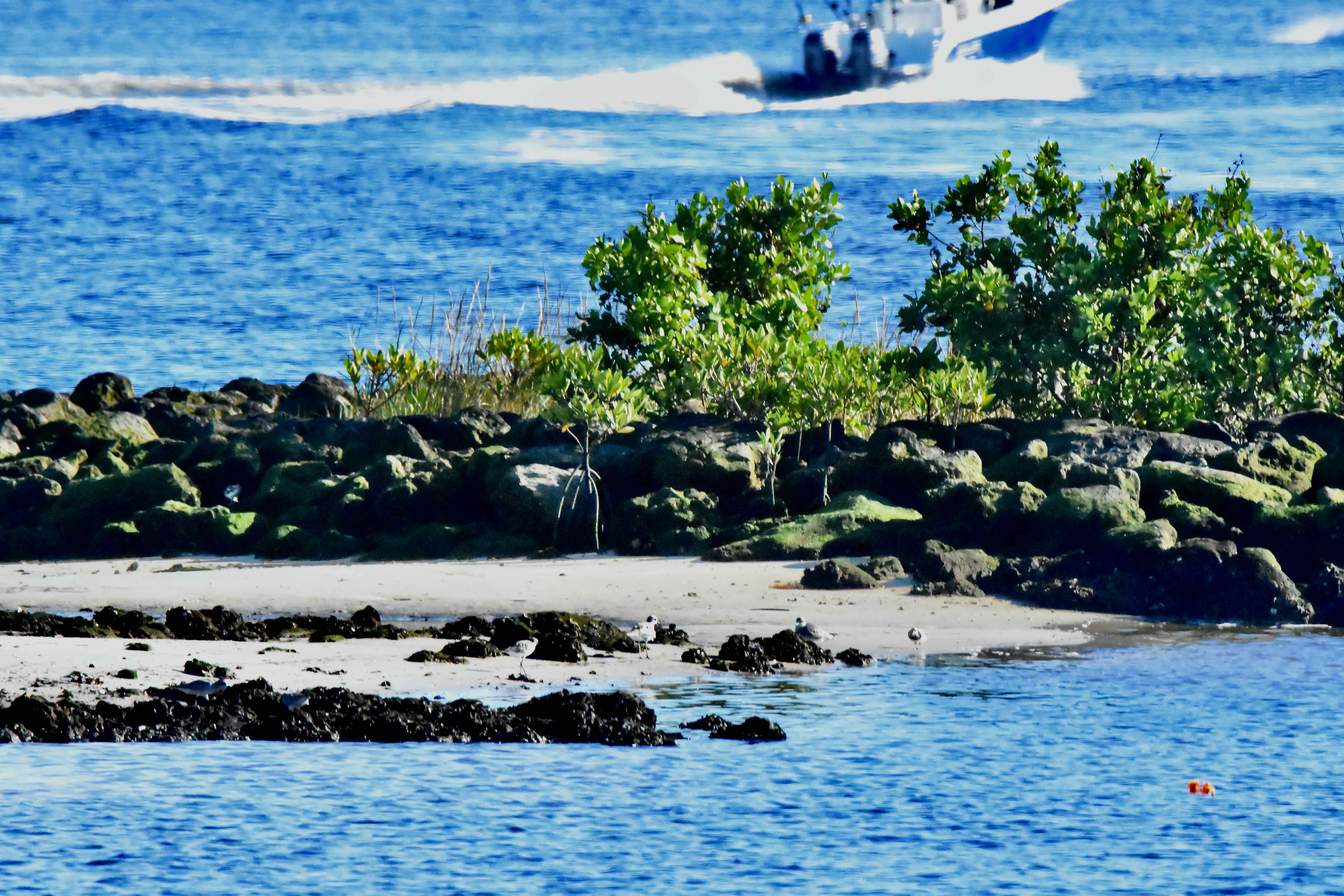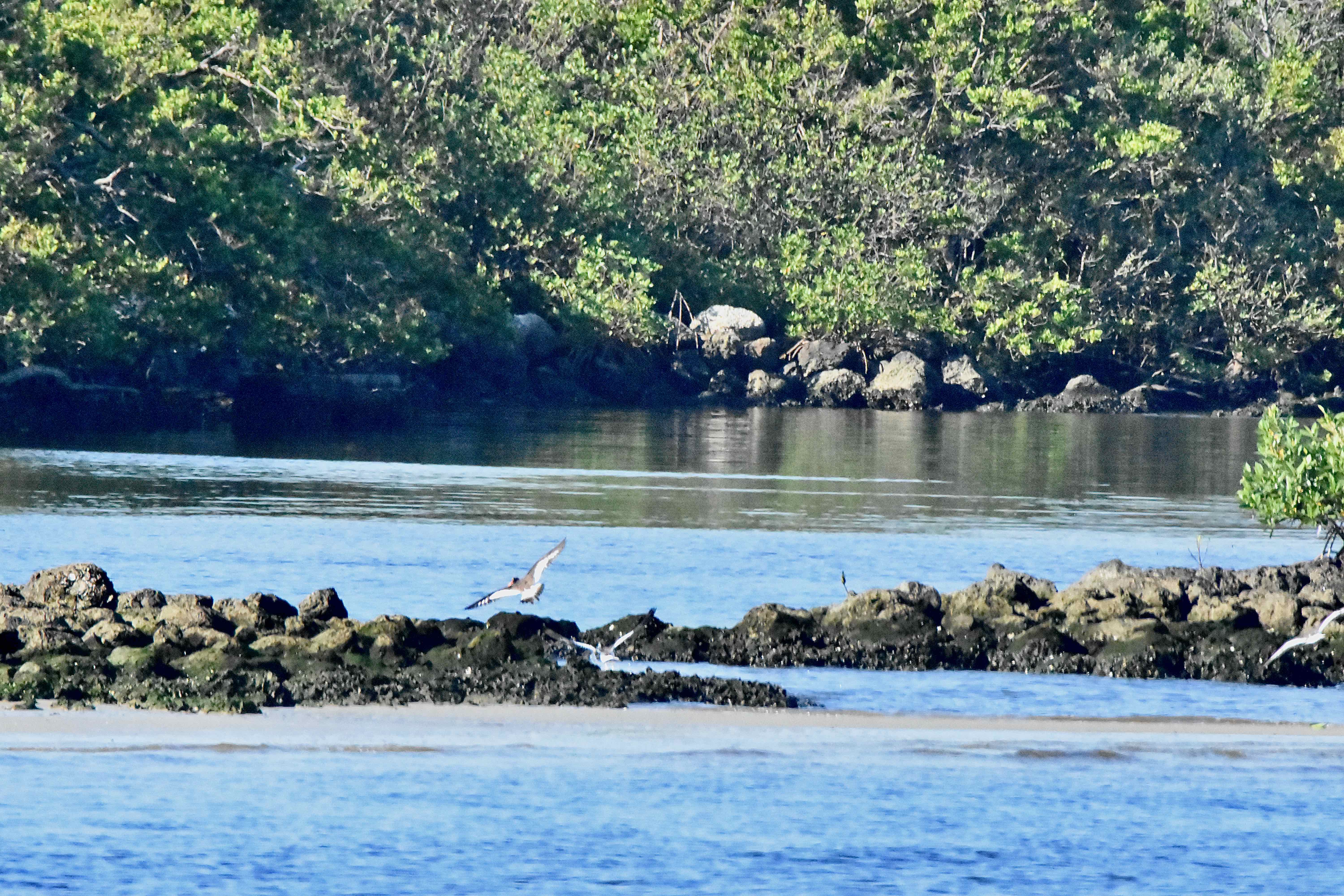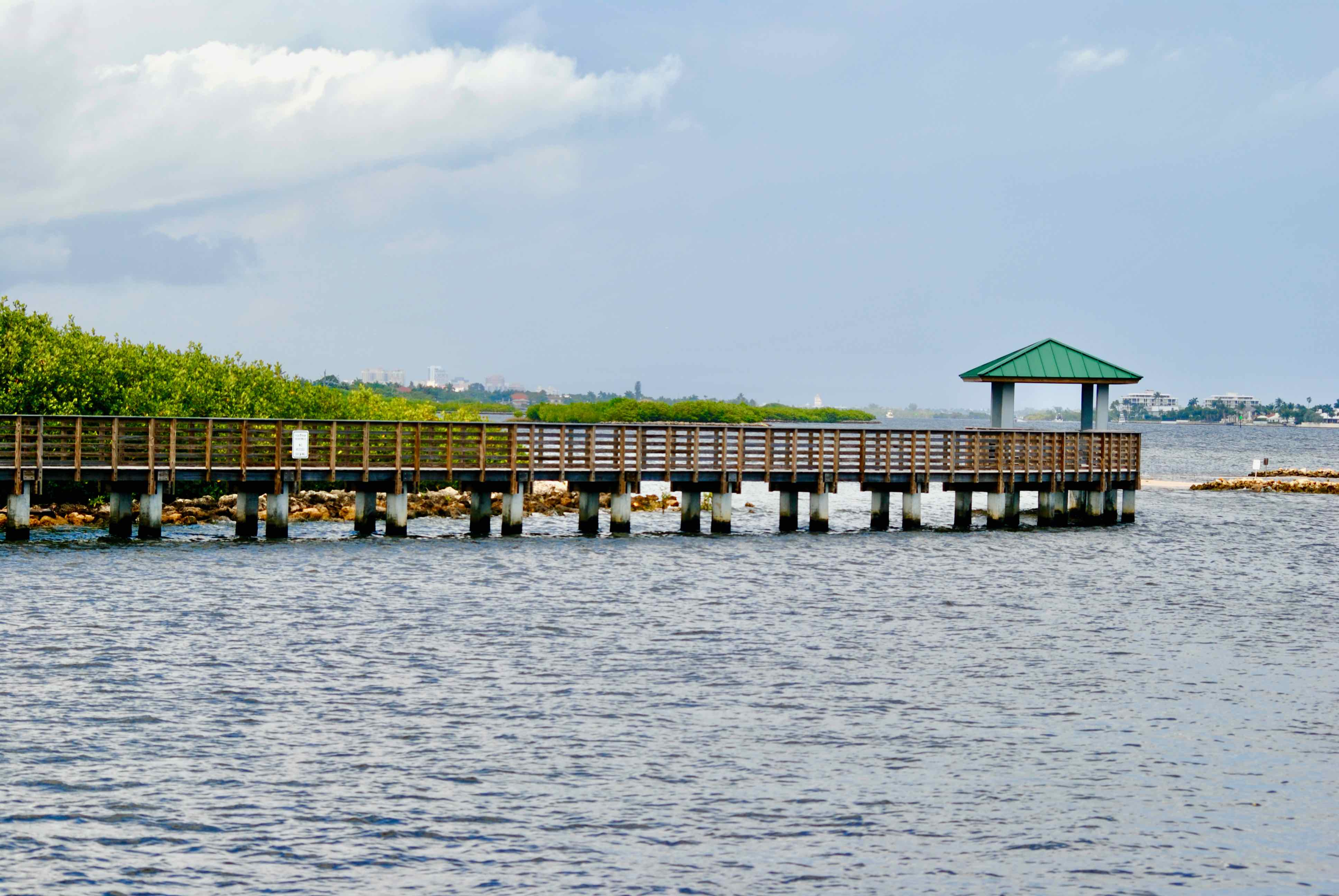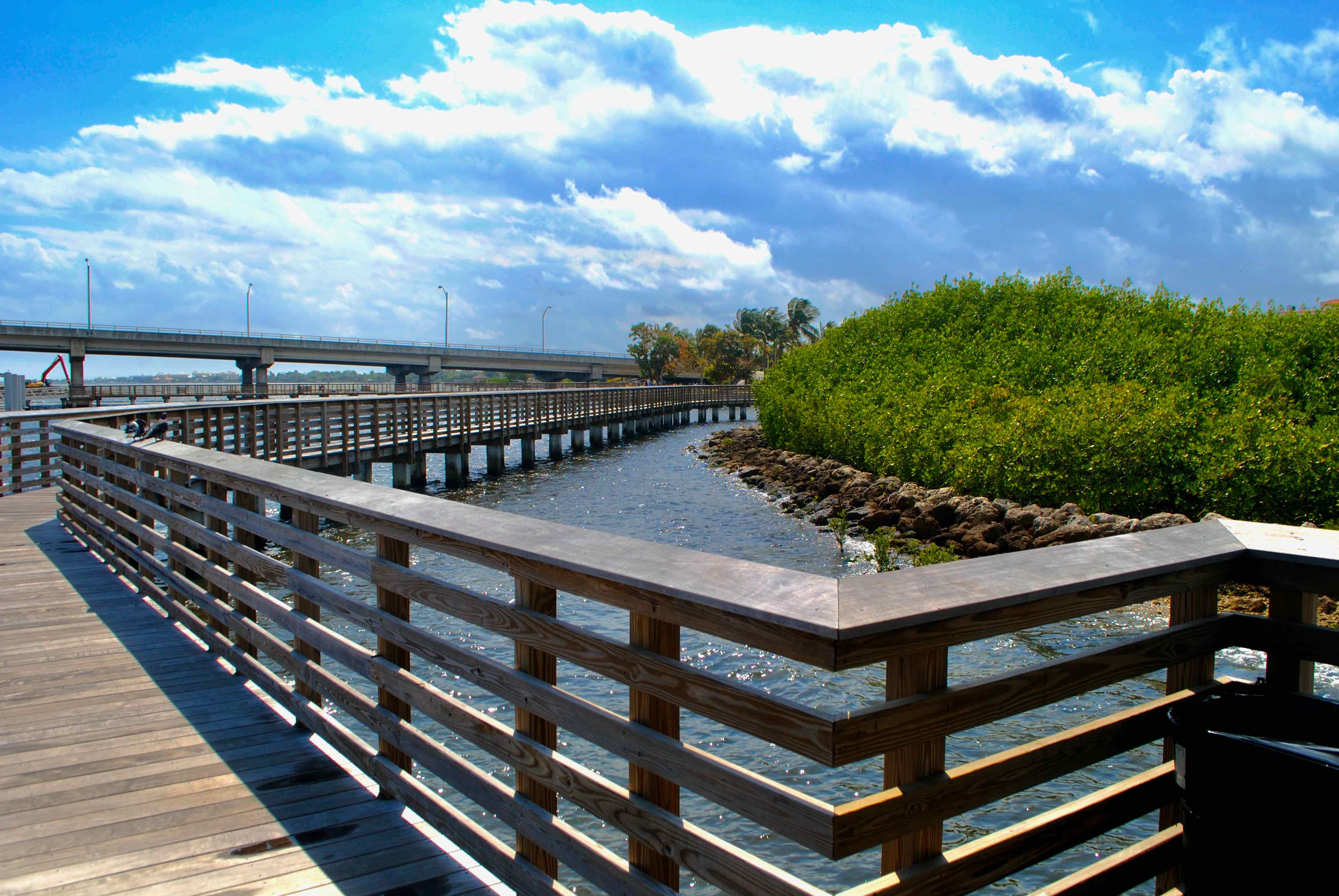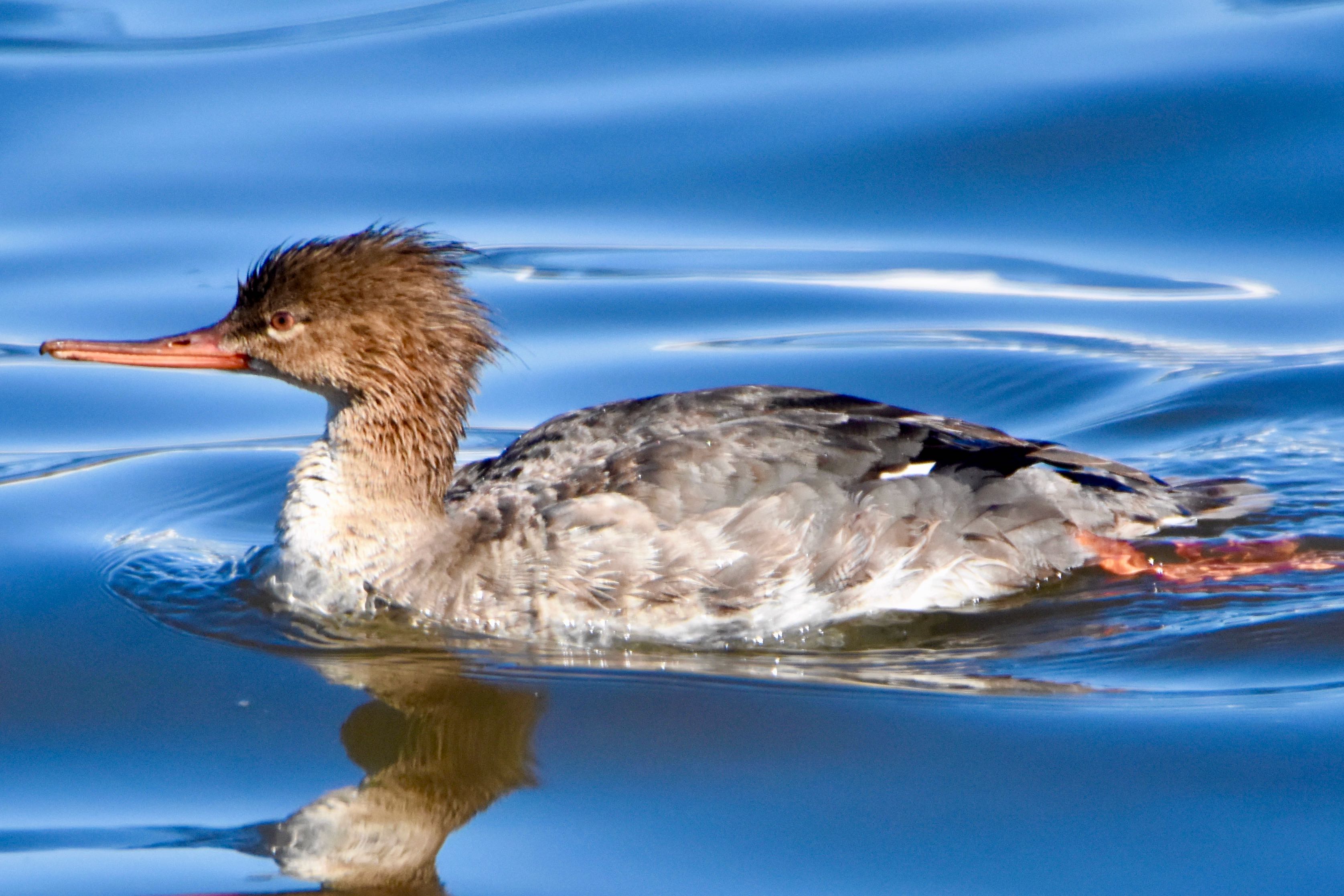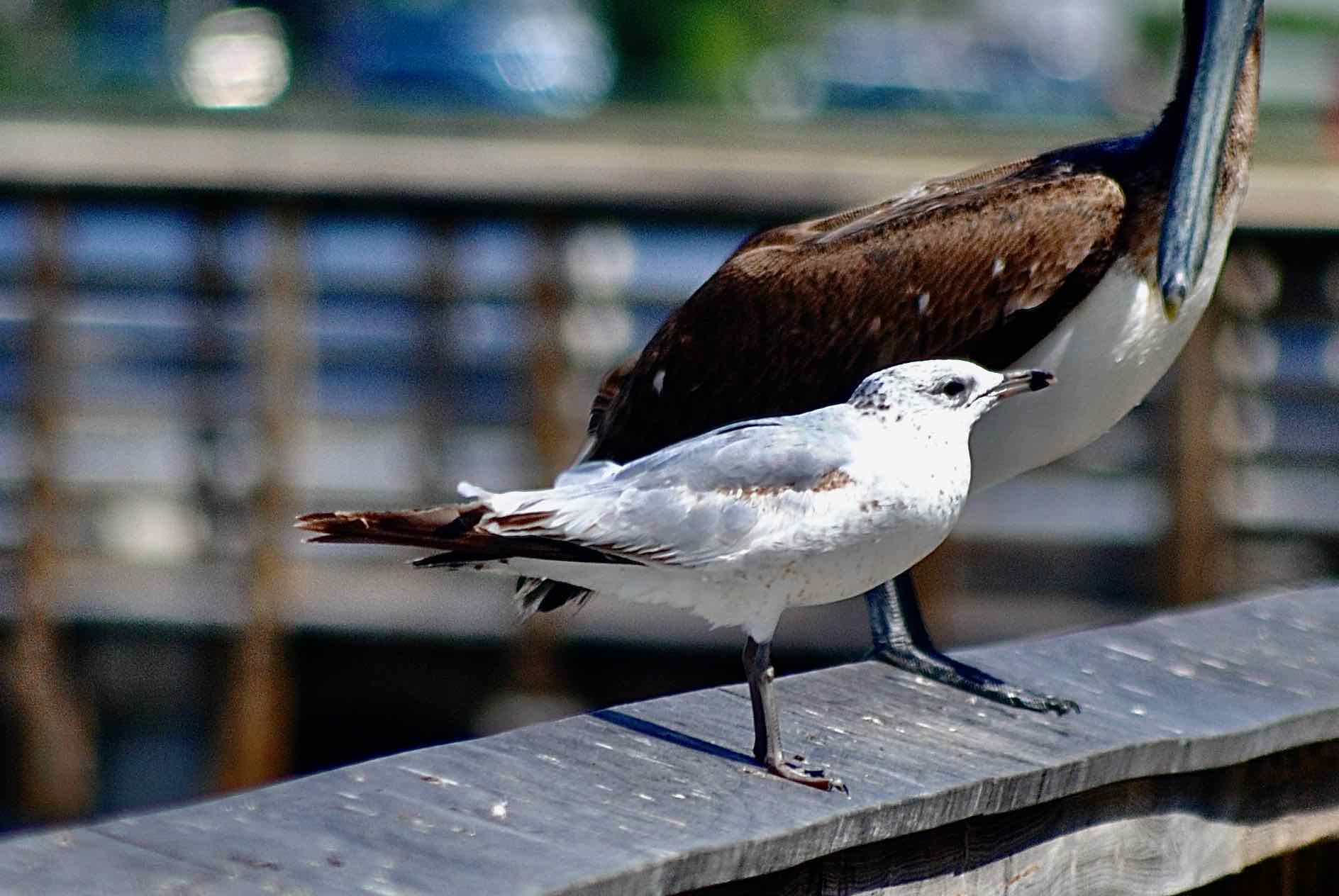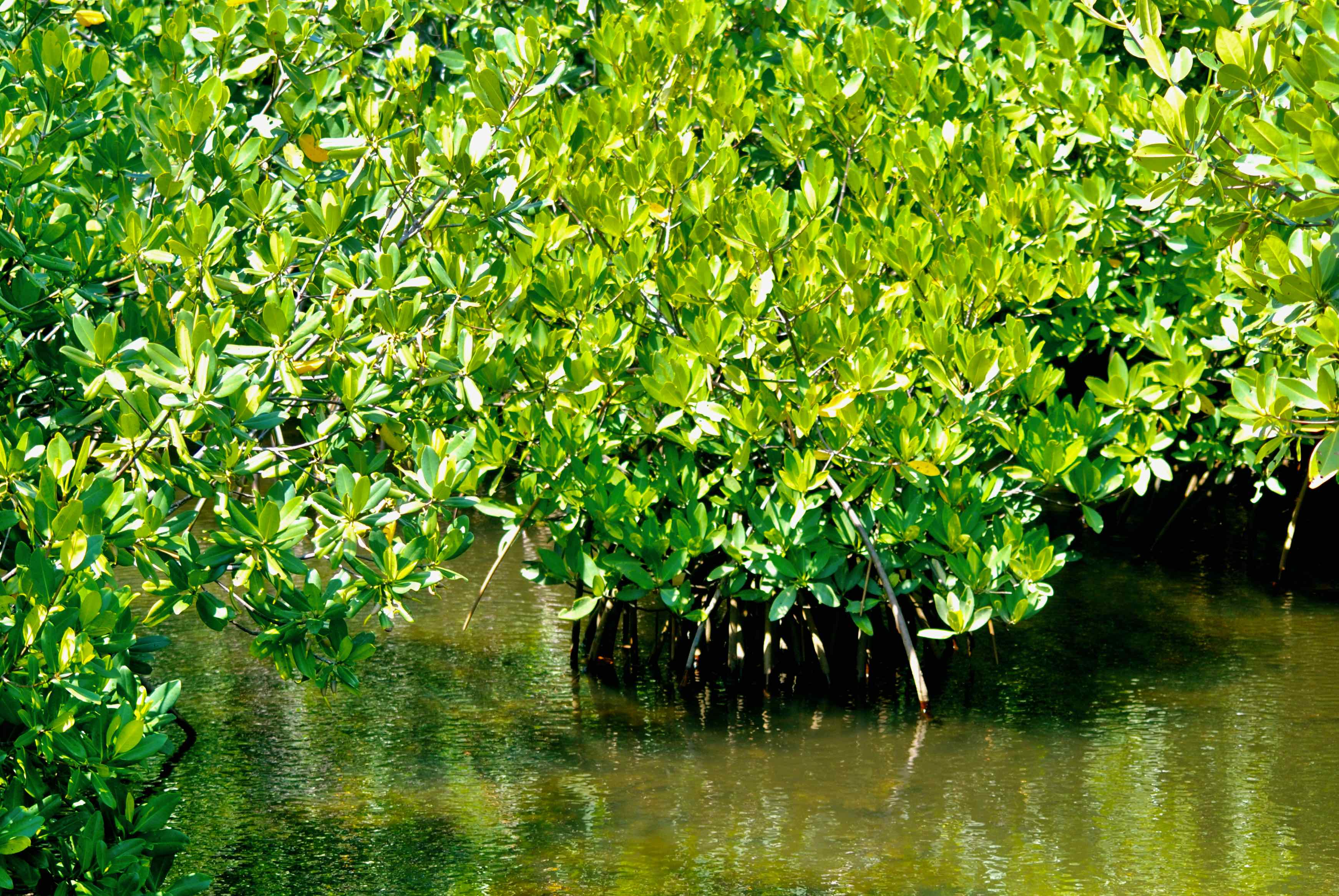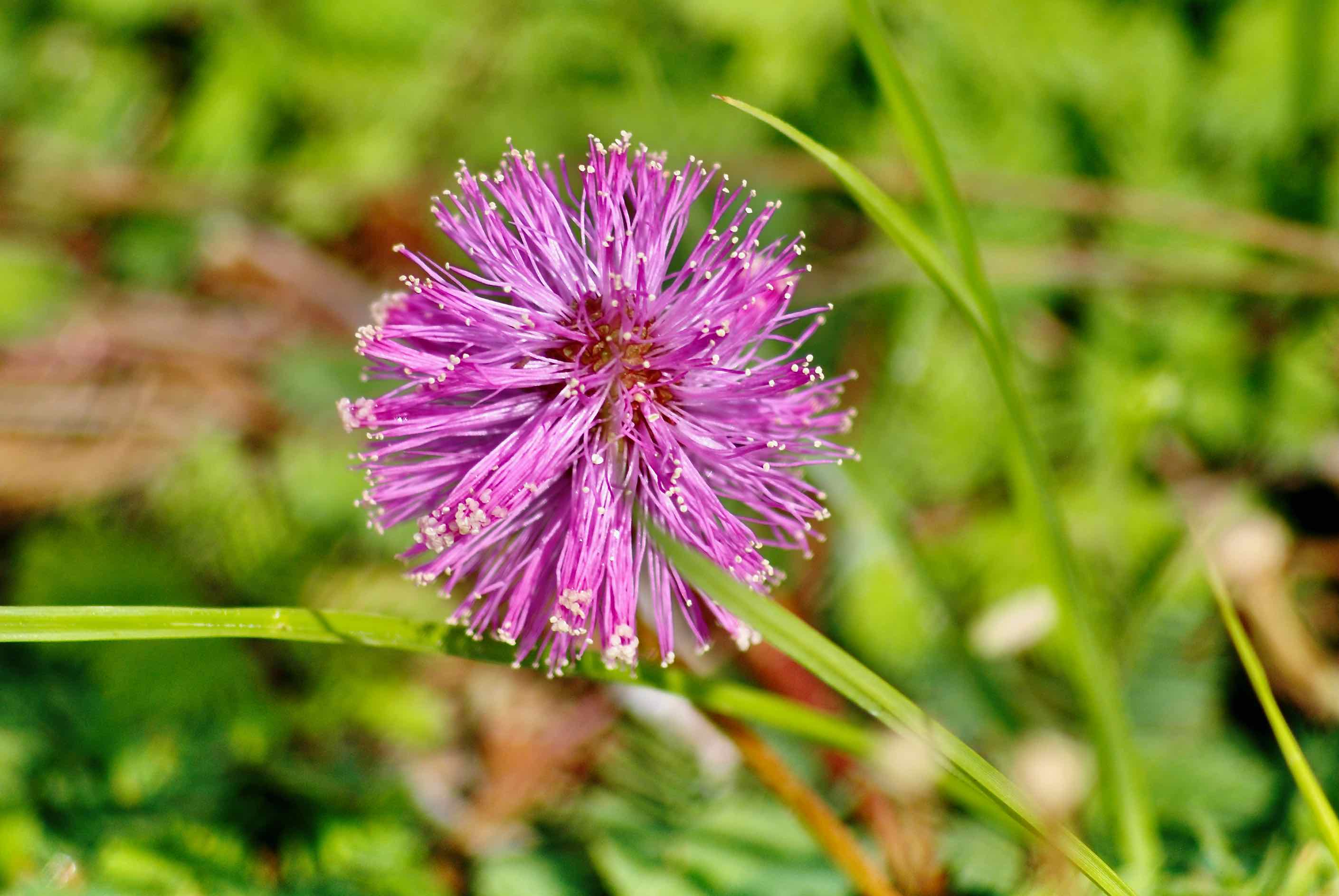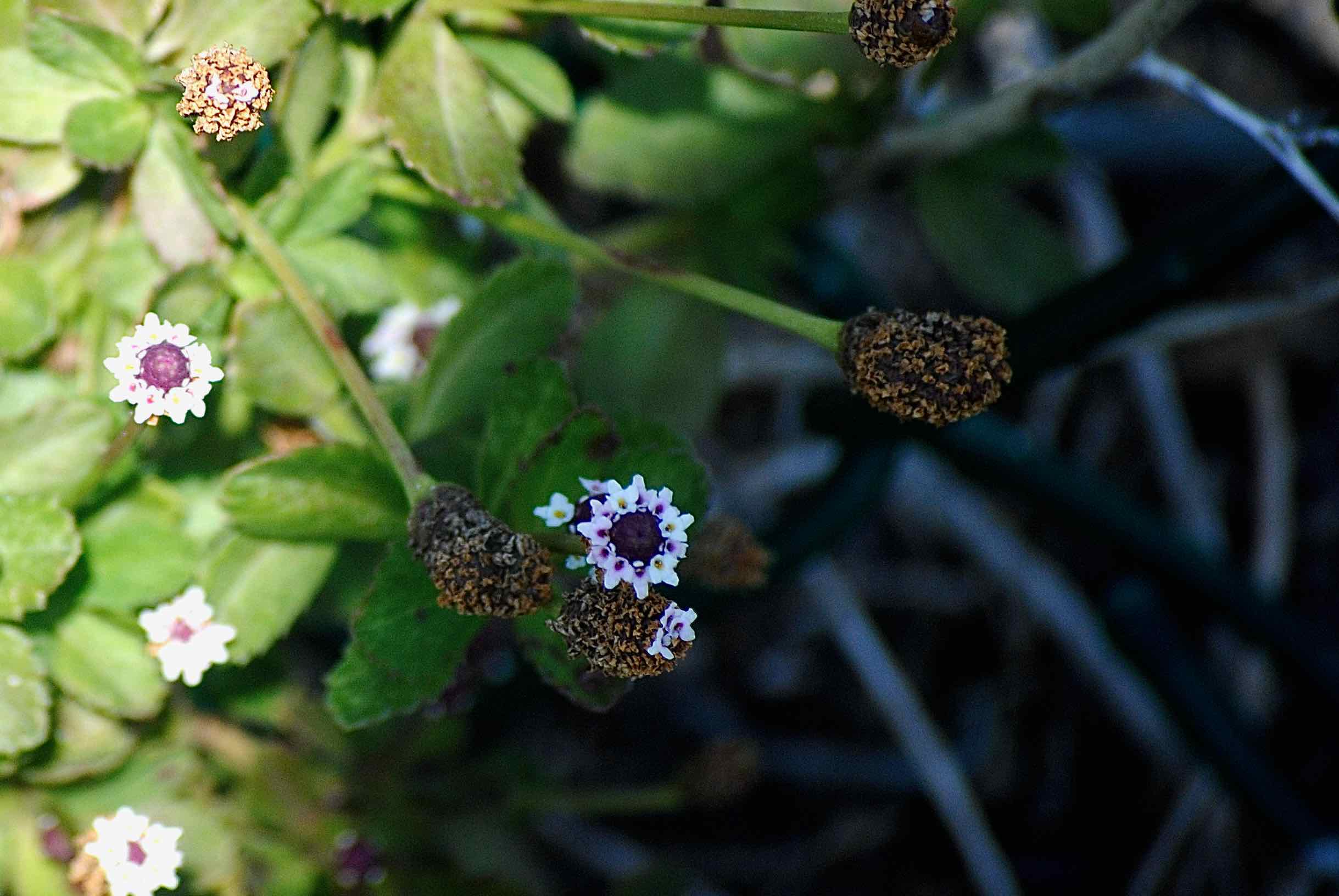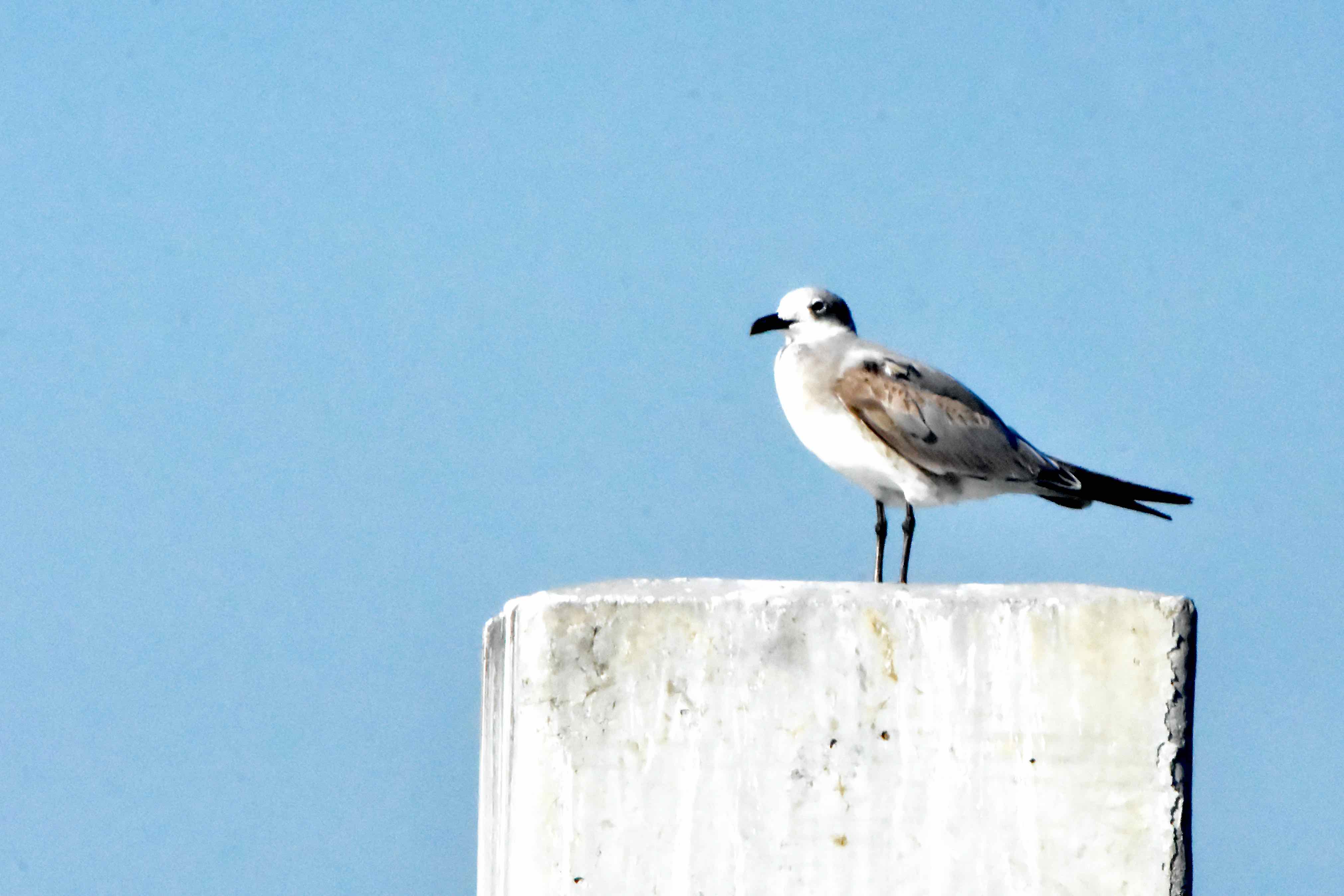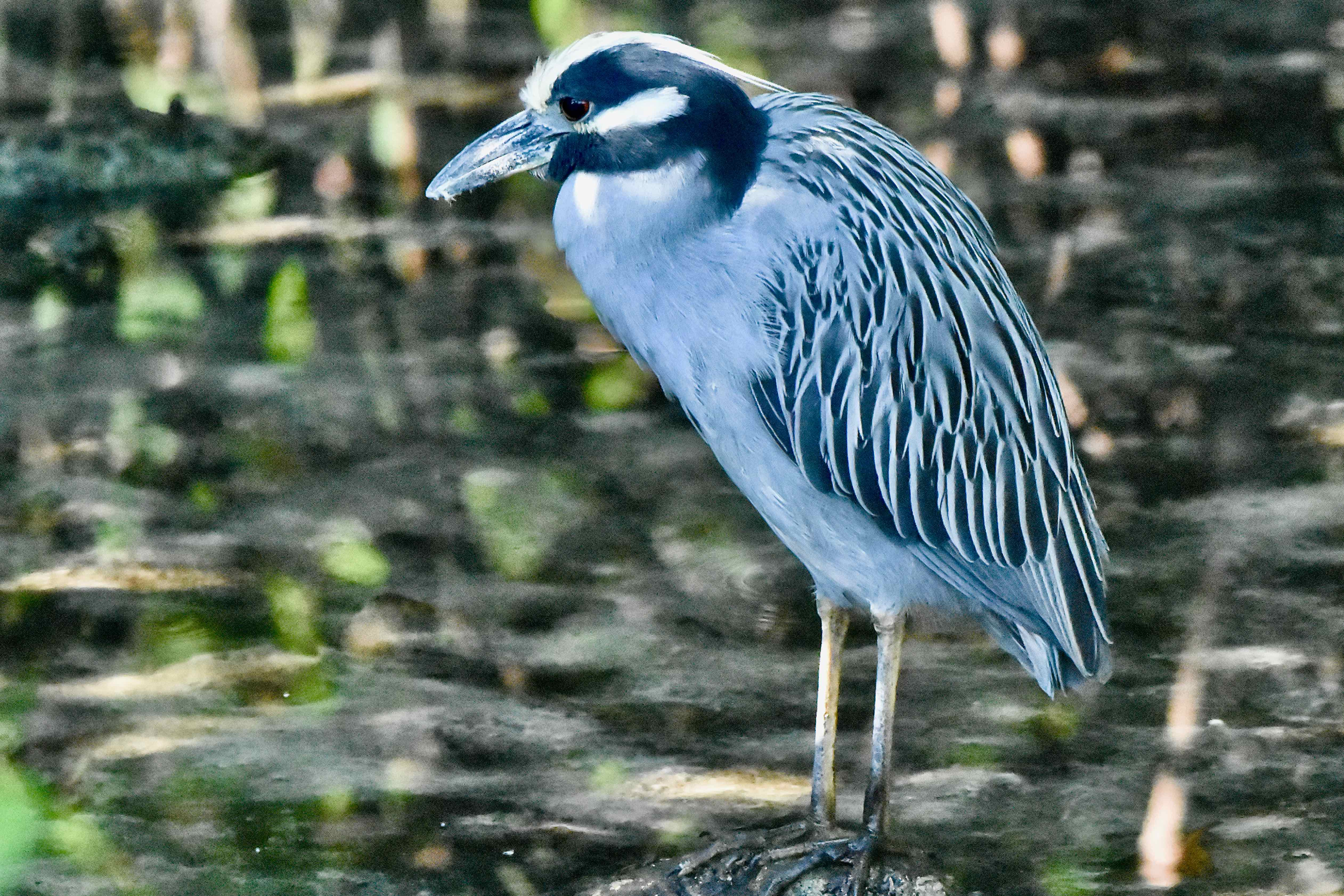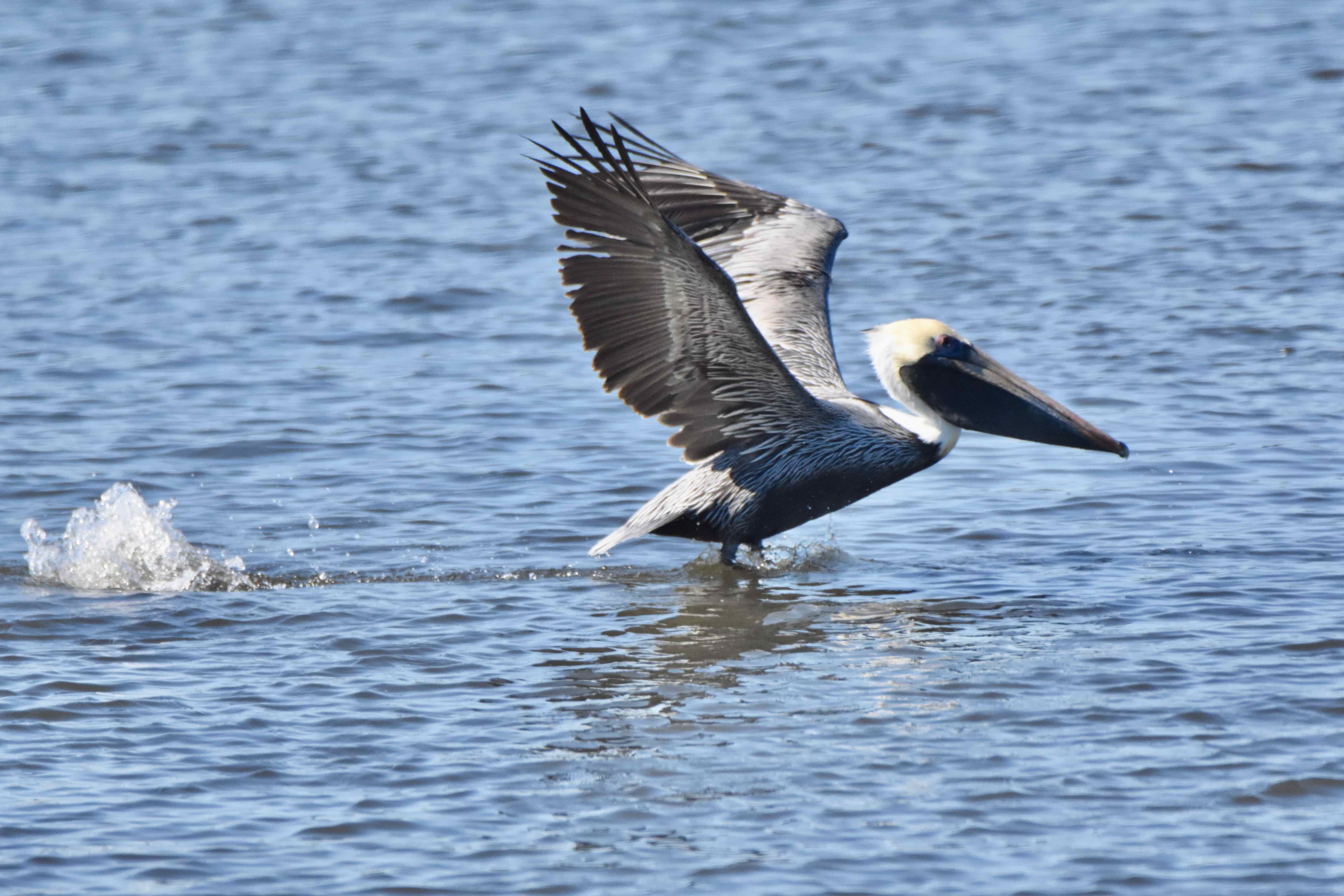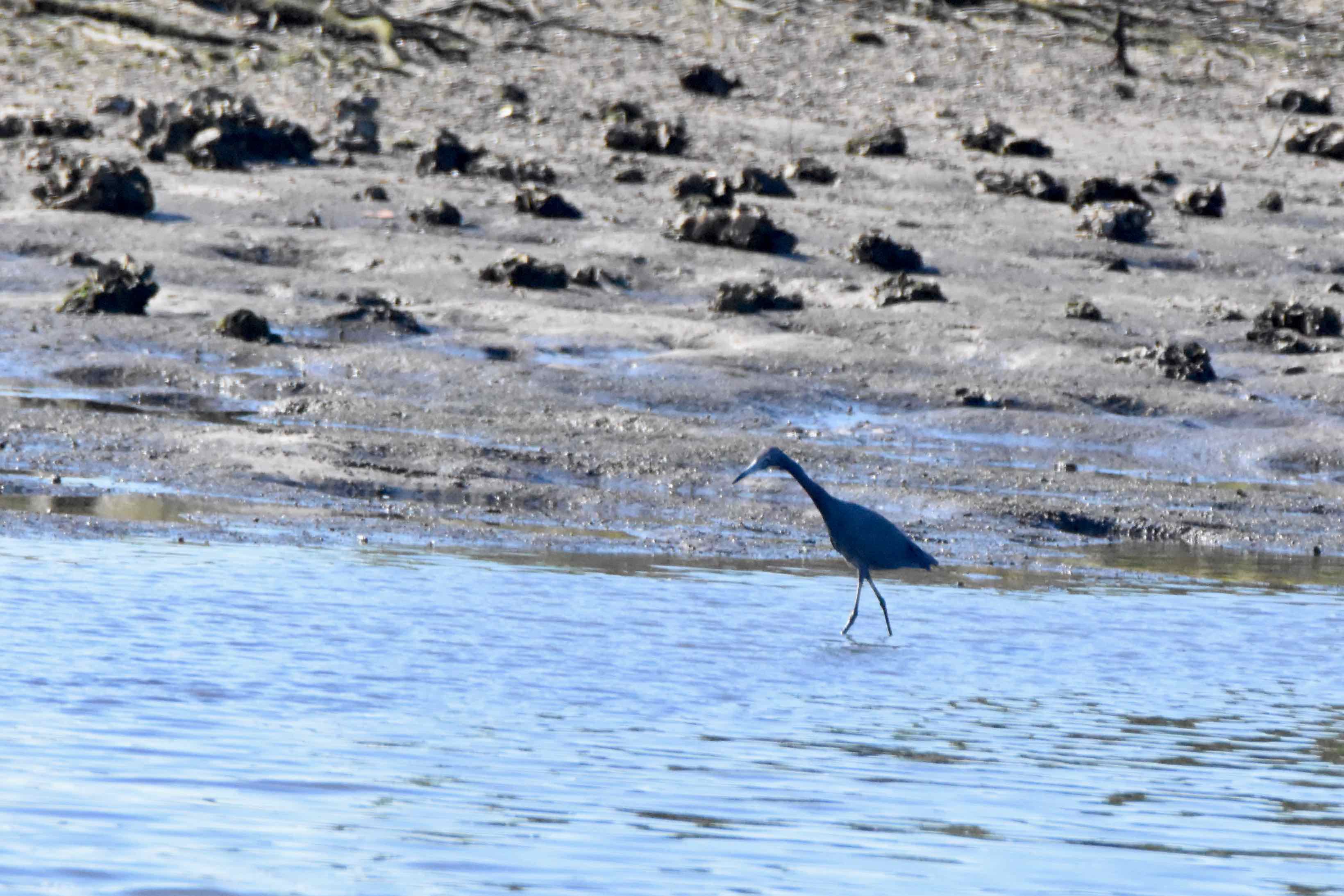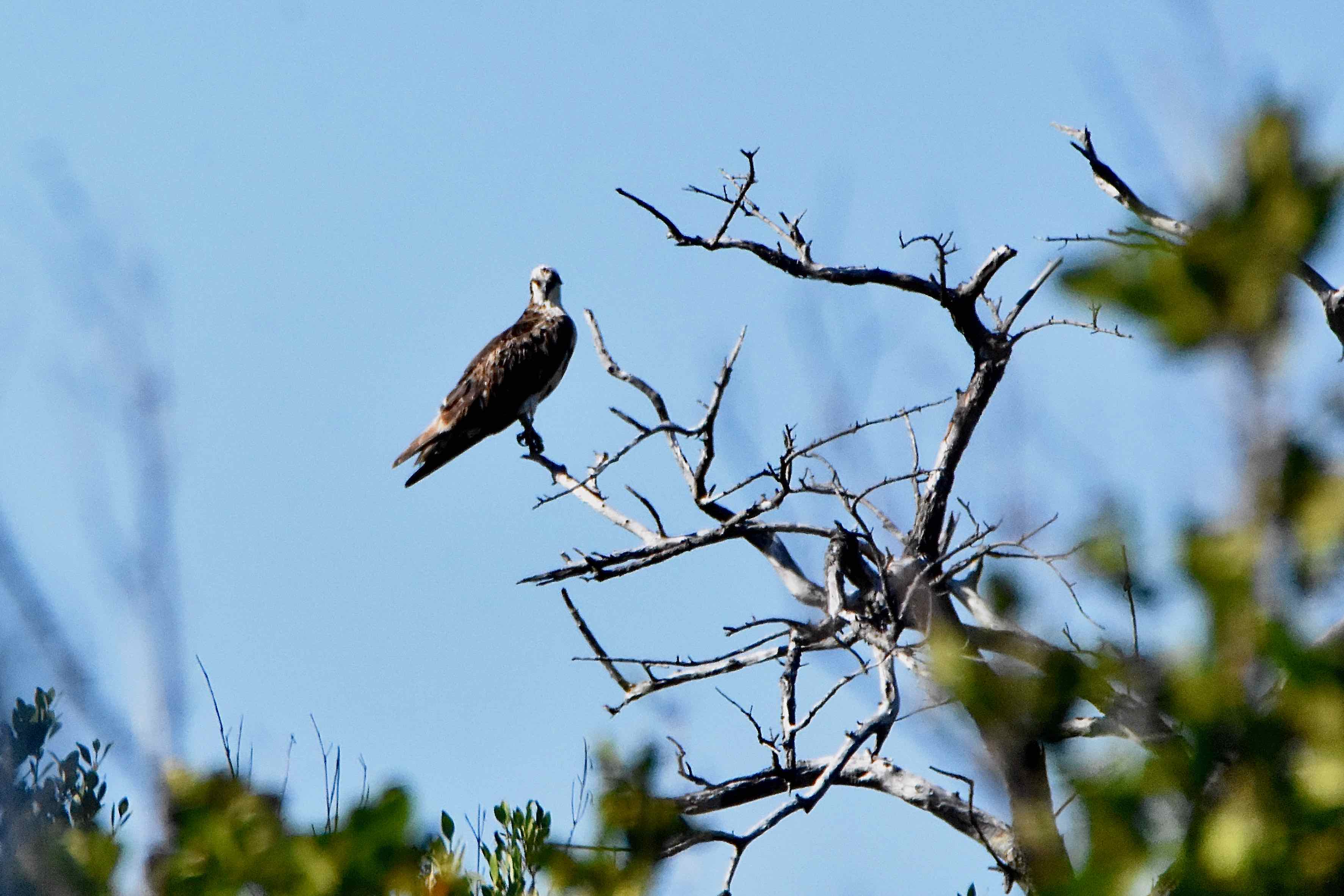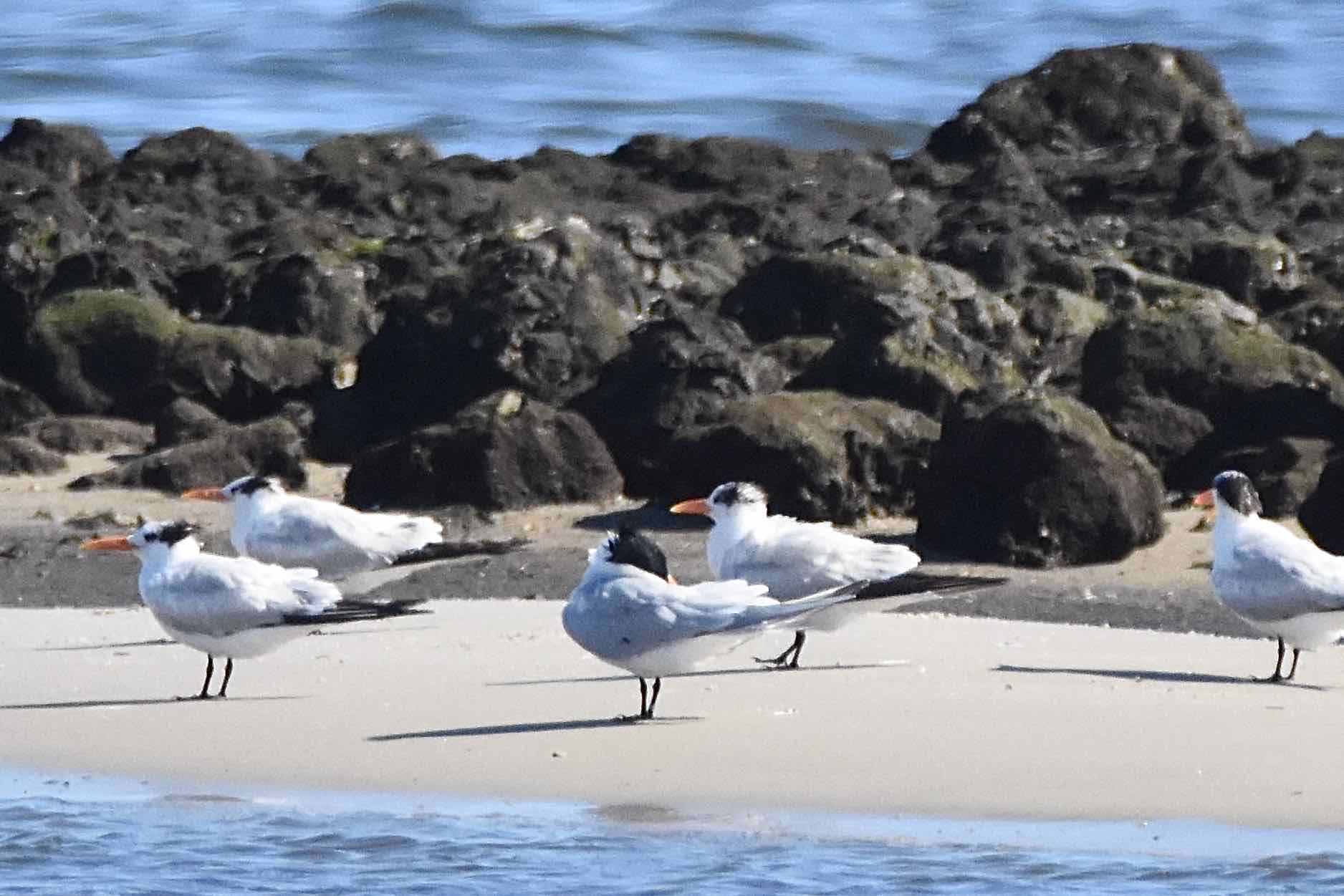Overview: Without question, the star of the show at Snook Islands Natural Area is the small colony of American oystercatchers that have chosen to nest here for the past two decades. It is the southern-most outpost of this beautiful bird, which is considered a species of special concern in Florida because of its limited numbers and declining habitat.
The oystercatchers are more than an avian attraction. They're also a measure of success for Snook Islands, the people planned and built it and those who manage it. Snook Islands sits in the heart of the Lake Worth Lagoon, Palm Beach County's largest estuary and one of the county's greatest natural resources. Unfortunately, decades of development and bad environmental practices left the lagoon a shadow of what it once was and what it could be again. Snook Islands Natural Area and its 118 acres of water, artificial islands and restored shoreline in the heart of the lagoon is one effort to return a slice of Lake Worth to its native state. The colony of oystercatchers is one piece of evidence that it is working.
What was a "dead zone" devoid of ozygen and living things, is now full of life. Birds, like the oystercatchers, use the area to nest and forage; mangroves line and protect the shore and act as a nursery for juvenile fish, shrimp, crabs and more; sea grasses blanket the bottom of the lagoon and provide both food and shelter for dozens of aquatic species, including fish, manatees and sea turtles.
History: The idea of revitalizing the lagoon dates back to the 1990s, with planning for the Snook Islands beginning in 1998; the dead zone north of the Lake Avenue Bridge and along the banks of the Lake Worth Golf Course was chosen as the site of the project. Work began in the early 2000s with about 1.3 million cubic yards of sand hauled from Peanut Island to form the base of the island chain. The shoreline along the golf course was cleared of invasive plants like Australian pines and Brazilian pepper; riprap and broken down seawalls were removed and replaced with mangroves to protect the shoreline and provide habitat for various critters, avian and aquatic.
Two acres of oysterbeds were installed and three acres of salt marsh grass were planted. By 2004-05, the first pair of oystercatchers nested in Snook Islands. In 2012, Palm Beach County added the boardwalk, kayak launch and other amenities, opening Snook Island Natural Area to the public.
What You'll See: The oystercatchers, of course, plus other birds including ospreys, red-breasted mergansers, brown pelicans, royal terns and more. Manatees occasionally make their way here, as do sea turtles. Chances are you won't see any of the namesake snook and other sport fish unless you dip a line from the fishing pier (state license required).
The best way to experience Snook Islands is by kayak or paddleboard. The chain of islands and reefs provide protection from the wakes of bigger boats operating in the main channel of the lagoon. Don't have one? Rentals are available through Kayak Lake Worth and the Lake Worth Beach Golf Club. Don't care to kayak? There's the boardwalk and the fish pier. The observation platform at the end of the boardwalk provides a relaxing spot to take in the scenery.
The oystercatchers are the most prominent of the birds found in Snook Islands, but there are others, including ospreys, red-breasted mergansers, brown pelicans, royal terns and more. Manatees occasionally make their way here, as do sea turtles.
Amenities: Snook Islands has three free off-site parking spaces along North Golfview Road. There is a boardwalk and covered observation platform, kayak launch, floating dock and a lengthy fishing pier. There are several informational/interpretive kiosks. Snook Islands has no restrooms or drinking water, but both are available at neighboring Bryant Park on the south side of Lake Avenue.
Nearby: The Lantana Nature Preserve is to the south along the Intracoastal Waterway; the Lantana Scrub Natural Area is to the southwest as is Hypoluxo Scrub Natural Area. To the southeast off A1A lies Ocean Ridge Hammock Park and Ocean Ridge Natural Area.
Of Note: Snook Islands Natural Area is open sunrise to sunset every day of the year. Admission is free. Palm Beach County's Department of Environmental Resources Management along with the Lake Worth Beach oversee Snook Islands. We've seen 220 Lucerne Avenue as the address for the natural area, but the North Golfiew address is the one the county uses.
Cover Photo: The American oystercatchers, of course. There is no view, no bird, no plant more emblematic of Snook Islands than the oystercatchers. Bring binoculars and very long telephoto lenses to view and photographically capture these birds.
The oystercatchers are more than an avian attraction. They're also a measure of success for Snook Islands, the people planned and built it and those who manage it. Snook Islands sits in the heart of the Lake Worth Lagoon, Palm Beach County's largest estuary and one of the county's greatest natural resources. Unfortunately, decades of development and bad environmental practices left the lagoon a shadow of what it once was and what it could be again. Snook Islands Natural Area and its 118 acres of water, artificial islands and restored shoreline in the heart of the lagoon is one effort to return a slice of Lake Worth to its native state. The colony of oystercatchers is one piece of evidence that it is working.
What was a "dead zone" devoid of ozygen and living things, is now full of life. Birds, like the oystercatchers, use the area to nest and forage; mangroves line and protect the shore and act as a nursery for juvenile fish, shrimp, crabs and more; sea grasses blanket the bottom of the lagoon and provide both food and shelter for dozens of aquatic species, including fish, manatees and sea turtles.
History: The idea of revitalizing the lagoon dates back to the 1990s, with planning for the Snook Islands beginning in 1998; the dead zone north of the Lake Avenue Bridge and along the banks of the Lake Worth Golf Course was chosen as the site of the project. Work began in the early 2000s with about 1.3 million cubic yards of sand hauled from Peanut Island to form the base of the island chain. The shoreline along the golf course was cleared of invasive plants like Australian pines and Brazilian pepper; riprap and broken down seawalls were removed and replaced with mangroves to protect the shoreline and provide habitat for various critters, avian and aquatic.
Two acres of oysterbeds were installed and three acres of salt marsh grass were planted. By 2004-05, the first pair of oystercatchers nested in Snook Islands. In 2012, Palm Beach County added the boardwalk, kayak launch and other amenities, opening Snook Island Natural Area to the public.
What You'll See: The oystercatchers, of course, plus other birds including ospreys, red-breasted mergansers, brown pelicans, royal terns and more. Manatees occasionally make their way here, as do sea turtles. Chances are you won't see any of the namesake snook and other sport fish unless you dip a line from the fishing pier (state license required).
The best way to experience Snook Islands is by kayak or paddleboard. The chain of islands and reefs provide protection from the wakes of bigger boats operating in the main channel of the lagoon. Don't have one? Rentals are available through Kayak Lake Worth and the Lake Worth Beach Golf Club. Don't care to kayak? There's the boardwalk and the fish pier. The observation platform at the end of the boardwalk provides a relaxing spot to take in the scenery.
The oystercatchers are the most prominent of the birds found in Snook Islands, but there are others, including ospreys, red-breasted mergansers, brown pelicans, royal terns and more. Manatees occasionally make their way here, as do sea turtles.
Amenities: Snook Islands has three free off-site parking spaces along North Golfview Road. There is a boardwalk and covered observation platform, kayak launch, floating dock and a lengthy fishing pier. There are several informational/interpretive kiosks. Snook Islands has no restrooms or drinking water, but both are available at neighboring Bryant Park on the south side of Lake Avenue.
Nearby: The Lantana Nature Preserve is to the south along the Intracoastal Waterway; the Lantana Scrub Natural Area is to the southwest as is Hypoluxo Scrub Natural Area. To the southeast off A1A lies Ocean Ridge Hammock Park and Ocean Ridge Natural Area.
Of Note: Snook Islands Natural Area is open sunrise to sunset every day of the year. Admission is free. Palm Beach County's Department of Environmental Resources Management along with the Lake Worth Beach oversee Snook Islands. We've seen 220 Lucerne Avenue as the address for the natural area, but the North Golfiew address is the one the county uses.
Cover Photo: The American oystercatchers, of course. There is no view, no bird, no plant more emblematic of Snook Islands than the oystercatchers. Bring binoculars and very long telephoto lenses to view and photographically capture these birds.


